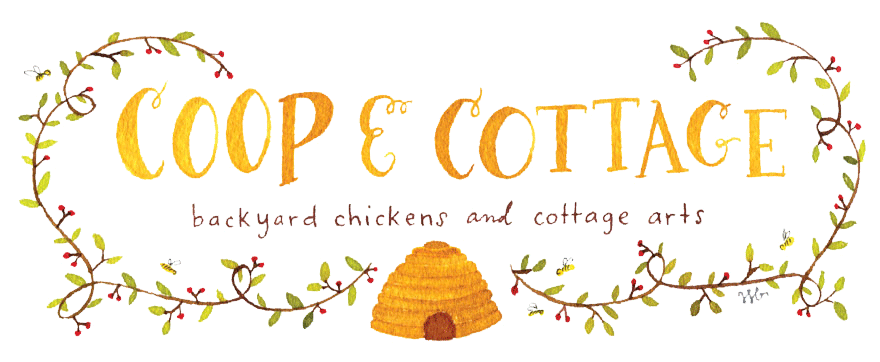 |
| A bird in the hand...M holds the first hatchling. |
It started with Cotton sitting on a clutch of six eggs. When
my sister-in-law gave us the eggs from her flock (because she has a rooster and
we don’t) we weren’t sure if they were fertile, but decided we’d give them to
our little Bantam cochin, Cotton. Then Thelma began to assist with hatch duty.
The way our nesting boxes are set up, there are two regular-sized
boxes on each end, and one larger one in the middle. I had just about given up
on any chicks hatching, thinking maybe the eggs had gotten cold or just weren’t
fertile. After work one evening I opened the nesting boxes from the back to see
if there were some fresh eggs. I’d been leaving the marked hatching eggs and
gathering the rest.
Thelma was in the box where we’d put the fertile eggs. I
reached under her, lifting her and moving her, but didn’t see new eggs. She
pecked me hard, unlike her but forgivable considering her important task. I
moved to the other side, opened the door and found Cotton on some newly laid
eggs, retrieved them and closed the small door.
Then I walked around to the front of the coop and stepped in
to check on feeders and water. As I left, I thought I heard a peeping sound. At
first I thought maybe I’d heard wrong, or that it was a mouse or a sound from
outside, but I listened closer and was sure it was a chick.
I kneeled down and watched Thelma and the box where we’d
placed the eggs. I still heard peeping,
but couldn’t be sure where it was coming from. Beneath Thelma, I thought. And
then, suddenly, out of the corner of my eye, hurrying from Cotton’s box, I saw
a small fluffy dark colored… chick. It was heading toward Thelma, like a child
who had hopped out of a warm tub and was hurrying toward a dry towel.
Somehow it seemed like magic to suddenly see a little creature where one hadn't been. It was so small, with a yellow spot on top of her head, and
more yellow in front. I scooped her up and looked at her. She was bright eyed
and healthy. Chicks are very difficult to sex, and I sure don’t have the
expertise, so we don’t know yet whether it’s a pullet or a cockerel. I popped her
back into the nesting box and she wiggled her way beneath Thelma’s fluffed up
black feathers. Thelma eyed me a bit smugly. How could I have doubted?
Over the next couple of days, I watched and wondered if
there were more. I’d see the small black peep running around, and both Cotton
and Thelma seemed to be caring for it. But Saturday morning, K and I went out
to the coop to see how the little trio was doing. K opened the door and
laughed. I looked in. Thelma was standing up, her hidden family revealed. Three
chicks. All peeping loudly, indignant about the cold rush of air.
Cotton and Thelma are sitting together on the nest,
co-raising the babies. I watch as the small fluffy chicks hop onto Cotton’s
back, a good vantage point for pecking her comb. Or her eye. Or the black hen’s
feathers. They wiggle beneath the curtain of feathers when they get cold, pop
back out when they are too warm. It’s amazing how Thelma—who was raised in a
brooder and never knew a mother—knows exactly how to care for her little ones.
Cotton seems perfectly comfortable in the motherly role as well.
It is so much easier to raise chicks when you have broody
hens, and I am amazed at the instinctive care they take. It is a lesson in the
built-in knowledge nature provides, and makes me realize humans are a distant
second when it comes to raising chicks. I close the coop door and leave
them, confident that they will be just fine.

No comments:
Post a Comment